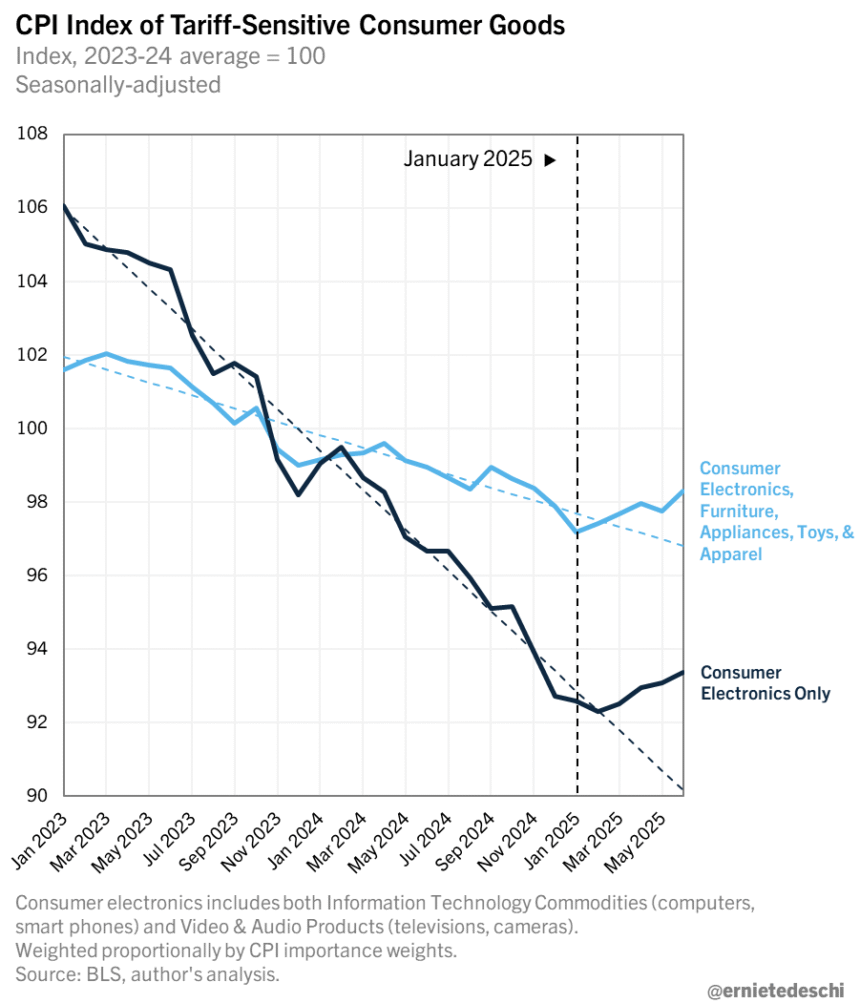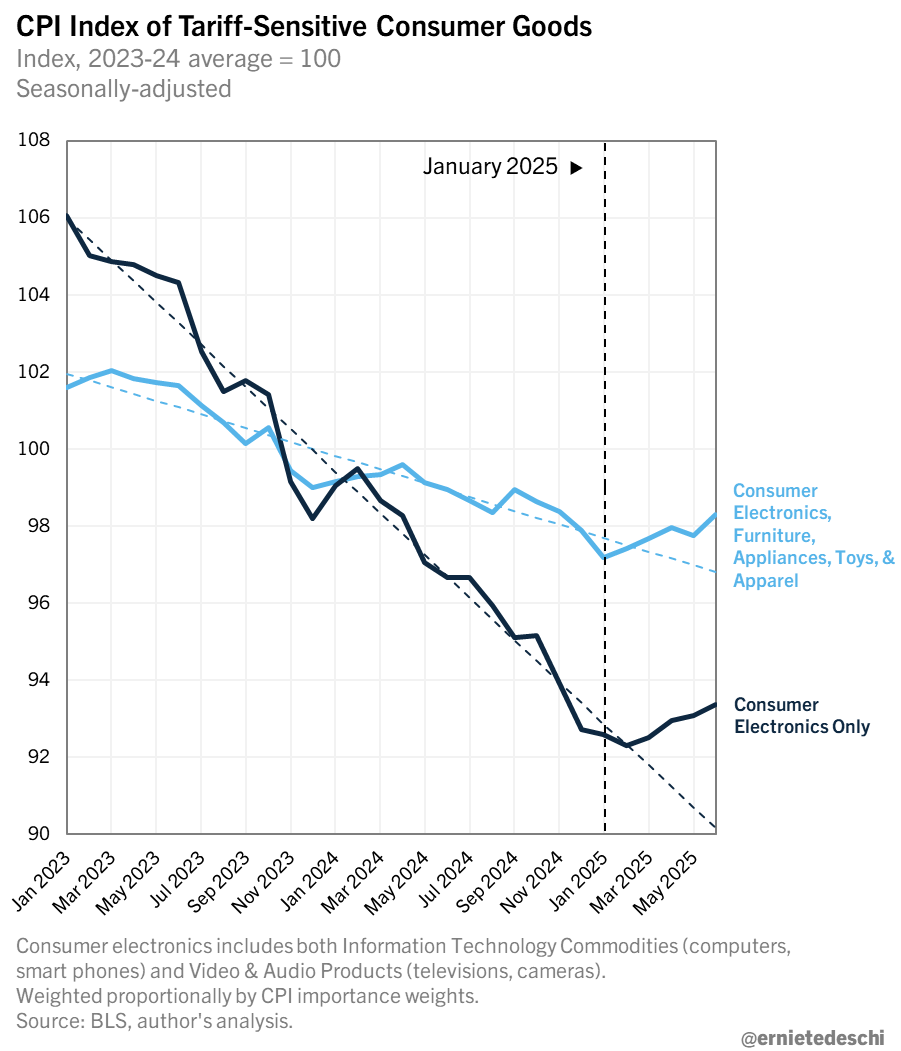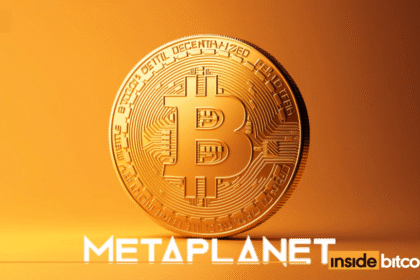I wanted to drop a quick note regarding some recent CPI data and tariffs. There is a fundamental misunderstanding (aka political spin) about the impact of tariffs..
It won’t take very much math to put the effect of tariffs into a broader context.
The United States is a ~$30 trillion economy; 70% of this annual activity is consumer spending. And, more than half of that is Services spending.
Imported physical goods account for less than $4 trillion, or approximately 13% of the overall economy.1
A 10-20% tariff/tax on these goods is ~$350B to $700B. Even a 30% tariff on every country in the world is under a trillion dollars. Not nothing, but not recession-inducing by themselves.
The problem is that pile of cash has to come from somewhere, and there are only three places it could come from: The producer/exporters could lower prices to offset it, the consumers can pay higher prices, or the importers could lower their margins. It’s likely to be some combination of all three, and I suspect consumers will bear the biggest brunt of it.
The problem is that tariffs act as a tax increase. Any dollar spent on tariffs is a dollar that is not spent elsewhere. That reduces overall consumer spending and slows overall economic growth.
For Corporate America, reductions in margins will negatively impact profits.
So far, we have seen only a muted impact on the economy. The tariffs have barely been in effect for a single quarter. Once we have a full year’s worth of results we will see far more data and effects from what is a VAT-like tax on consumption.
~~~
The US economy has shown itself to be both robust and resilient. Any money raised by tariffs will affect consumption and profits.
Past experiments with tariffs have shown that they are a net negative on the economy. We will find out just how much over the next few quarters…
See also:
The Economy Seems Healthy. Were the Warnings About Tariffs Overblown?
By Ben Casselman
New York Times, July 16, 2025
__________
1. Note: Imports get subtracted from GDP…












